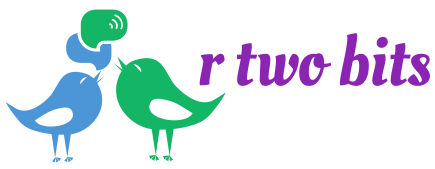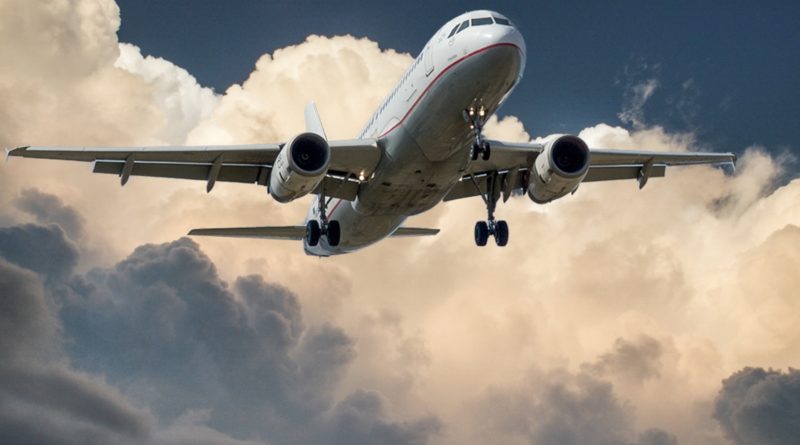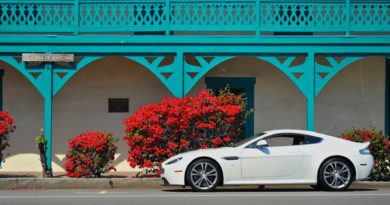The 9/11 Adventures of an Aerospace Startup
The third test prototype had just been sent on its way to the certified ballistics lab in Wichita. Forty-five minutes later it was back. It was 3 pm on Tuesday – too late to ship it any other way and have it arrive in time for our Thursday test. It was our last chance to meet the ballistics milestone or have 130 armored flightdeck doors cancelled by Piedmont Airlines and Air Canada Jazz. At SeaTac, our freight expeditor had refused to ship, saying it was against the new 9/11-inspired shipping regulations. What were we going to do….
“Looks like we’re going to have to drive it,” Brad said. “I’ll run down to Enterprise and rent a big 4WD SUV.”
“Who’s going to go?” I asked. Kris, Brad and I looked at each other.
“I guess we draw straws,” said Brad.
“Well, Kris needs to go and supervise execution of his test plan. Really, I should stay here to lead engineering if there are any problems,” I said.
“I guess it’s Kris and me, then,” Brad sighed.
“God, you guys are going to have fun. You basically have 36 hours to drive 2,100 miles in the dead of winter,” I sardonically lamented.
This was just one of the stomach-twisting challenges to starting an aircraft cabin interior company 17 months before September 11, 2001. Without a successful reinforced cockpit door project, TTF and its 12 employees would be finished because there was nothing else out there. We had only managed to hang on that long because a chance alliance a few months before with a brilliant aircraft modification consultant had netted us two reconfiguration jobs.
Optimism, skill, perseverance, divine intervention, inability to accept failure, chance (meaning ‘more doing equals more opportunity’), and luck (more code for ‘preparation meeting opportunity’) – all play a part in turning a vision into reality. Eighteen years later I had imagined all we finally accomplished – owning our 70,000 sq ft manufacturing plant and having over 130 employees building interior products we invented or improved upon. But I had no idea how difficult or challenging, even scary, it would be. I did know one thing – I needed to push myself (and be pushed by my wife) to do it.
You have to have a lot of guts and a high tolerance for uncertainty to make it in the aftermarket aircraft interior industry. The barriers to entry are high – intimate knowledge of FAA regulations, aircraft design, project management and manufacturing knowhow, solid and plentiful airline relationships, good rapport with other manufacturers in our niche, ability to monetize capital investment and make money on every job, to win a project against the big players and, especially, to successfully finish projects no one else will touch. It’s easy to see very, very few people will have all of those capabilities. I knew I needed partners. I had lobbied for two, but landed one. It was enough to get us started, and with the occasional good word from the fellow we didn’t land, it got us through the first few years.
Was all this really just pure ‘chance’ and ‘luck’ as we traditionally define them? I’m convinced there are no such things. ‘Chance’ and ‘luck’ are mostly code words for creating your own opportunities. You have to work hard before they present themselves to you, and you need to keep learning so that you are prepared to take advantage of them.
One of my sons played college football at Pacific Lutheran University. I think it was the single most important learning experience of his life. There was a tradition there that continued the teachings of legendary football coach Frosty Westering. One of his main points was that we should not be ‘on the road to success,’ but on the ‘success road.’ The road to success is ultimately a road to nowhere, a road whose only success is the destination. The success road is enjoyed every day, because you practice the goal of being your best self every day. You don’t have to be better than someone else, because being your best self is always enough. Being your best self gains you opportunities to be successful every day, to build on being good and getting better. It has no end and no limit. These roads mark the difference between self-worth and self-esteem. Self-worth is based upon purpose, winning and feeling needed; things outside yourself. Self-esteem is based upon ethics, integrity and honesty; the things inside you. Sound corny enough? Yup. Only one thing – it undeniably works!
I’m not so naïve or arrogant to think we did not have a lot of help in pulling off our voyage into the unknowns of business. Nor was I so delusional as to think TTF could not be vulnerable to change or unforeseen circumstances. We continued to have great challenges. Most required us to check our egos at the door. Like most successful entrepreneurs in complex industries, it was less and less about me the more successful we became. It was more and more about our employees, about our customers; about developing new products and ideas and processes to stay competitive, unique and relevant. It was about feeding the monster we had created, and the responsibility you had to the people who depended upon our company.
TTF had experienced the typical plateaus of any growing business. We got to $2 million in annual revenue and we had to change – begin bringing some manufacturing in-house, add a receptionist and basic HR procedures and increase employee benefits. At $10 million we had to change again – add more process and procedure controls, add personnel to administer them, and most importantly, begin to delegate important responsibilities to others. When we were at $14 million and headed to $20 million, we had to fully implement ERP and life-cycle management systems, further reorganize and upgrade management and divide management responsibilities. Then, beyond $20 million, we had to reorganize the company form, redefine our accounting and banking relationships and once more upgrade our management team. Some of those personnel upgrades came from people who were here, who wanted to grow and continue increasing their skillsets. Others needed to be recruited to replace those who couldn’t or wouldn’t work to get better. It’s a cold fact, but in my view it’s immoral to risk the livelihoods of all employees in order to coddle or protect a few. But, that doesn’t make letting people go any easier. Unless you have no conscious or they have done something terribly wrong, it’s always hard.
Which brings me to trying not to develop a jaundiced eye toward employees. Sooner or later, some of them will take advantage of you. And sooner or later, you will take it personally. Some have stolen from us (like selling $250,000 of production tools for scrap) or quit without notice shortly after we gave them a raise or promotion – even managers. The point is people come with all kinds of motivations, and you can be sure very few of them are like yours. Let them have their reasons, and know the company is much better off without them. I say all of that is just an opportunity for us to find someone better – and we almost always did.
So what happened to that reinforced ballistic cockpit door? Well, Brad and Kris drove the test rig to Wichita, getting there two hours before the test was due. We passed our final round of ballistics testing and in the end delivered doors for over 400 aircraft. With it we gained notoriety and saved our company. But I’m sure glad I got out of driving to Wichita.





Thanks Tim. All good reads. I enjoy this site and enjoyed my time at TTF. Hope all is well.